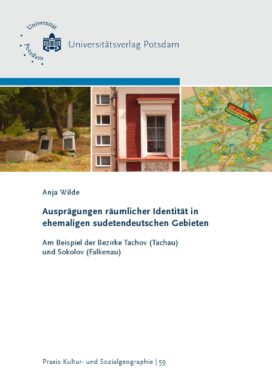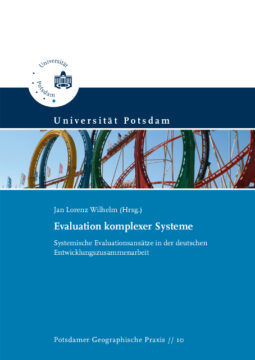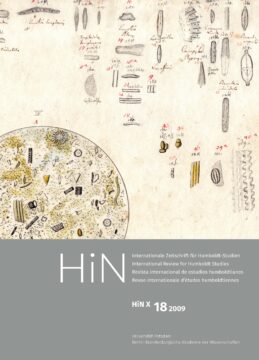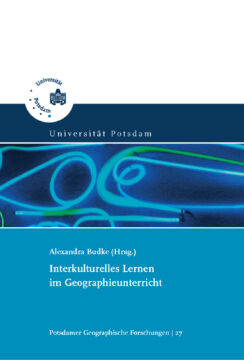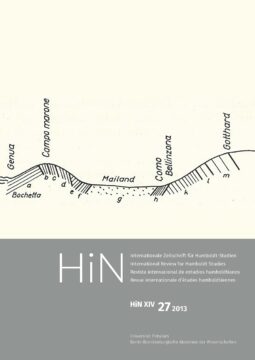The Czech border area is one of the regions in Europe which were most seriously affected by radical changes in the previous population structure during the post-Second World War period. The forced out-migration of the majority of the resident population was followed by the new settlement of different immigrant groups as well as partly long lasting fluctuations of the inhabitants. The subsequent stabilization of the population took place under the conditions of the socialist social order and economic system which greatly affected the way of life of the new inhabitants as well as their perception of the environment. The opening of the border in 1989, the political transformation and the integration of the Czech Republic into the EU brought about new demographic and socio-economic developments. This also facilitated a more open dealing with the specific history of the former “Sudetenland” and with the state of contemporary society in the region.
Based on the example of two regions in Western Bohemia, the study examines how the current inhabitants experience their environment, what kind of relationship they have towards it and what structural conditions influence these phenomena. Special attention is paid to the social component of the development of spacial identity, i.e. to the role of assignment of meaning to spatial elements in the process of social communication and interaction. This seems to be particularly relevant in the region characterized by a certain heterogeneity of its inhabitants with regard to their ethnic, cultural or biographic background. Finally, it is examined what impacts a distinct spatial identity may have on the development of the region.
am Beispiel der Bezirke Tachov (Tachau) und Sokolov (Falkenau)
ISBN: 978-3-86956-311-4
411 pages
Release year 2015
Series: Praxis Kultur- und Sozialgeographie , 59
26,00 €
Non-taxable transaction according to § 1 (1) UStG/VAT Act in combination with § 2 (3) UStG/VAT Act a. F. Providing this service, the University of Potsdam does not constitute a Betrieb gewerblicher Art/Commercial Institution according to § 1 (1) No. 6 or § 4 KStG/Corporate Tax Act. If the legal characterization of our business is changed to a commercial institution subsequently, we reserve the right to invoice VAT additionally. zzgl. Versandkosten
The Czech border area is one of the regions in Europe which were most seriously affected by radical changes in the previous population structure during the post-Second World War period. The forced out-migration of the majority of the resident population was followed by the new settlement of different immigrant groups as well as partly long lasting fluctuations of the inhabitants. The subsequent stabilization of the population took place under the conditions of the socialist social order and economic system which greatly affected the way of life of the new inhabitants as well as their perception of the environment. The opening of the border in 1989, the political transformation and the integration of the Czech Republic into the EU brought about new demographic and socio-economic developments. This also facilitated a more open dealing with the specific history of the former “Sudetenland” and with the state of contemporary society in the region.
Based on the example of two regions in Western Bohemia, the study examines how the current inhabitants experience their environment, what kind of relationship they have towards it and what structural conditions influence these phenomena. Special attention is paid to the social component of the development of spacial identity, i.e. to the role of assignment of meaning to spatial elements in the process of social communication and interaction. This seems to be particularly relevant in the region characterized by a certain heterogeneity of its inhabitants with regard to their ethnic, cultural or biographic background. Finally, it is examined what impacts a distinct spatial identity may have on the development of the region.
Recommended Books
-
 2016
2016Evaluation komplexer Systeme
12,50 €Non-taxable transaction according to § 1 (1) UStG/VAT Act in combination with § 2 (3) UStG/VAT Act a. F. Providing this service, the University of Potsdam does not constitute a Betrieb gewerblicher Art/Commercial Institution according to § 1 (1) No. 6 or § 4 KStG/Corporate Tax Act. If the legal characterization of our business is changed to a commercial institution subsequently, we reserve the right to invoice VAT additionally.
zzgl. Versandkosten
Add to cart -
 2019
2019Ottmar Ette, Petra Gentz-Werner, Christian Helmreich, Bernhard Hunger, Ilse Jahn, Eberhard Knobloch, Rolando E. Misas Jiménez, Ingo Schwarz
Alexander von Humboldt im Netz ; 10 (2009) 18
13,00 €Non-taxable transaction according to § 1 (1) UStG/VAT Act in combination with § 2 (3) UStG/VAT Act a. F. Providing this service, the University of Potsdam does not constitute a Betrieb gewerblicher Art/Commercial Institution according to § 1 (1) No. 6 or § 4 KStG/Corporate Tax Act. If the legal characterization of our business is changed to a commercial institution subsequently, we reserve the right to invoice VAT additionally.
zzgl. Versandkosten
Add to cart -
 2008
2008Interkulturelles Lernen im Geographieunterricht
9,00 €Non-taxable transaction according to § 1 (1) UStG/VAT Act in combination with § 2 (3) UStG/VAT Act a. F. Providing this service, the University of Potsdam does not constitute a Betrieb gewerblicher Art/Commercial Institution according to § 1 (1) No. 6 or § 4 KStG/Corporate Tax Act. If the legal characterization of our business is changed to a commercial institution subsequently, we reserve the right to invoice VAT additionally.
zzgl. Versandkosten
Add to cart -
 2019
2019Ottmar Ette, Hanno Beck, Eberhard Knobloch, Björn Kröger, Elena Roussanova, Thomas Schmuck, Markus Schnöpf, Ingo Schwarz, Ursula Thiemer-Sachse
Alexander von Humboldt im Netz ; 14 (2013) 27
19,00 €Non-taxable transaction according to § 1 (1) UStG/VAT Act in combination with § 2 (3) UStG/VAT Act a. F. Providing this service, the University of Potsdam does not constitute a Betrieb gewerblicher Art/Commercial Institution according to § 1 (1) No. 6 or § 4 KStG/Corporate Tax Act. If the legal characterization of our business is changed to a commercial institution subsequently, we reserve the right to invoice VAT additionally.
zzgl. Versandkosten
Add to cart
Publisher Info
Contact
Potsdam University Library
University Press
Am Neuen Palais 10
14476 Potsdam
Germany
verlag@uni-potsdam.de
0331 977-2094
0331 977-2292

